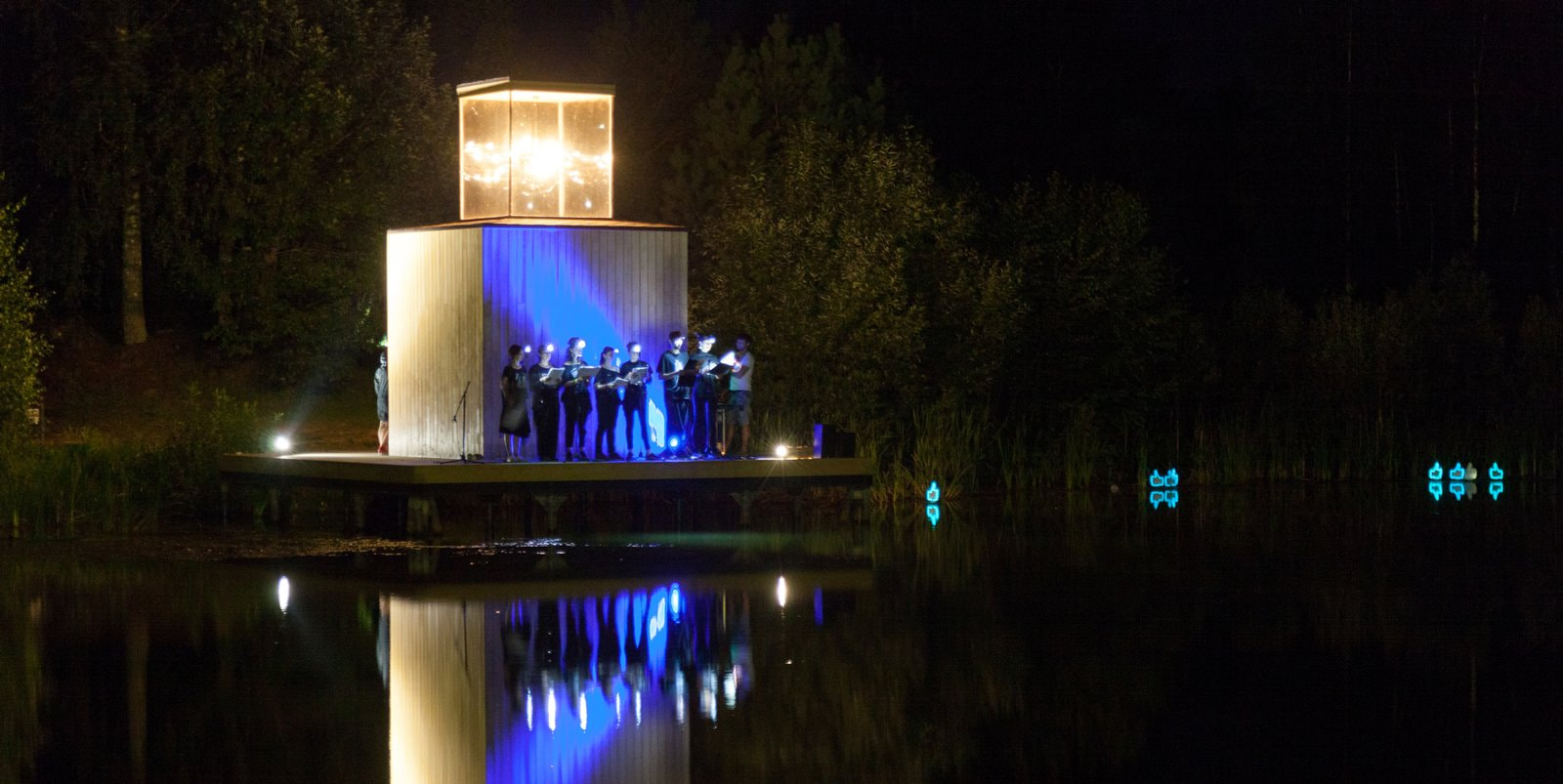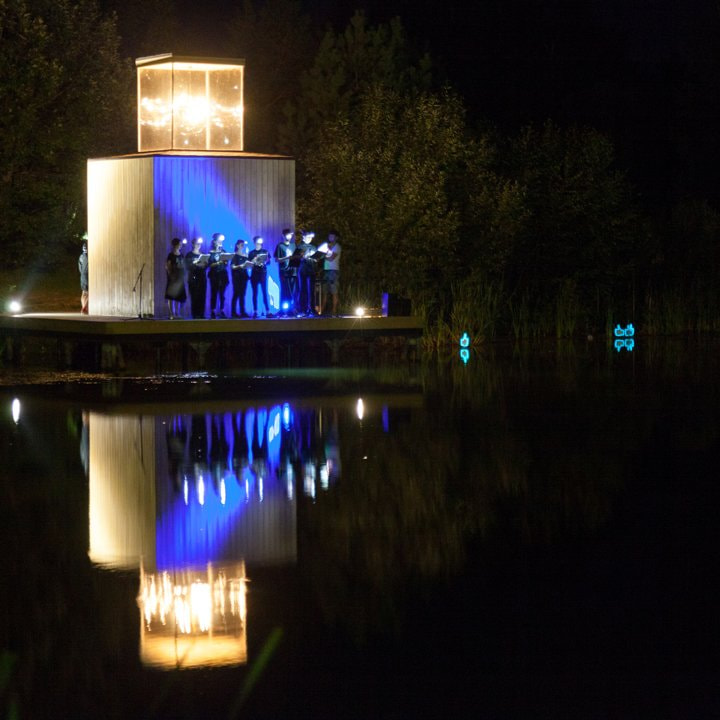The final Voice as a Strategy event will introduce visitors to the earliest conceptual compositions for voice including rarely performed works by Marcel Duchamp and John Cage.
John Cage once said that there was only "one way to study music: study Duchamp." La Gol’s artistic director Natalya Pshenichnikova has created a program based on two works from Duchamp’s famous Green Box. Duchamp’s experiments marked the beginning of a new era in culture and have influenced artists, composers and performers around the world.
As Pshenichnikova explains, "the first work in the program, Erratum Musical, is a composition for three voices created through chance operations. Duchamp wrote it with his two sisters Yvonne and Magdeleine in 1913. They randomly picked cards with notes out of a hat and wrote them down into a score in the order the notes appeared. Words were taken from a dictionary definition of the word ‘imprimer’—to make an imprint; mark with lines; mold on a surface; impress a seal in wax. Allowing chance to create a melody, Duchamp opened the era of sound landscapes or sound sculptures, where music itself is an imprint of chance or mistakes."
"The second work by Duchamp is also believed to have been written in 1913 and is actually called Musical Sculpture. It is interpreted through the exploration of acoustic movement of sounds due to the movement of human bodies that produce or carry those sounds."
"The program also includes Song Books No. 67 and 91 by John Cage (36 Mesostics Re and Not Re Marcel Duchamp), as well as mesostics Re Merce Cunningham, which were composed as letter and image-based scores."

